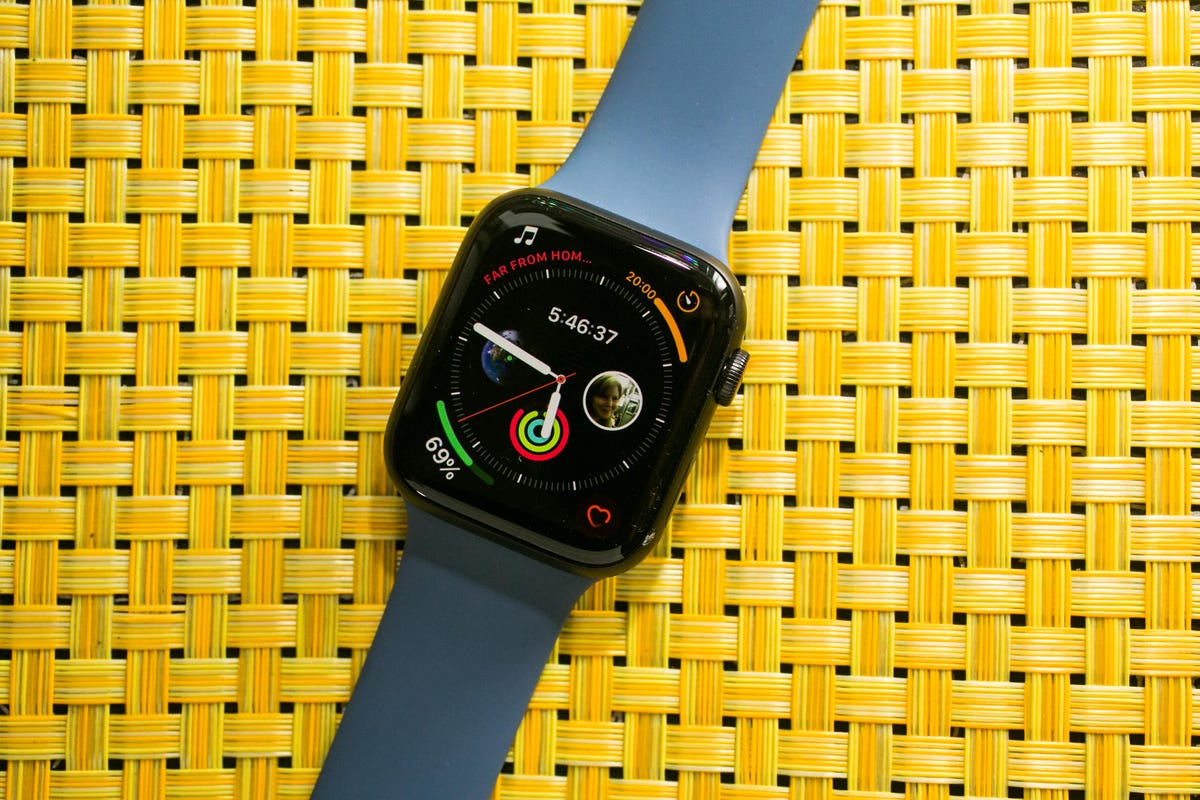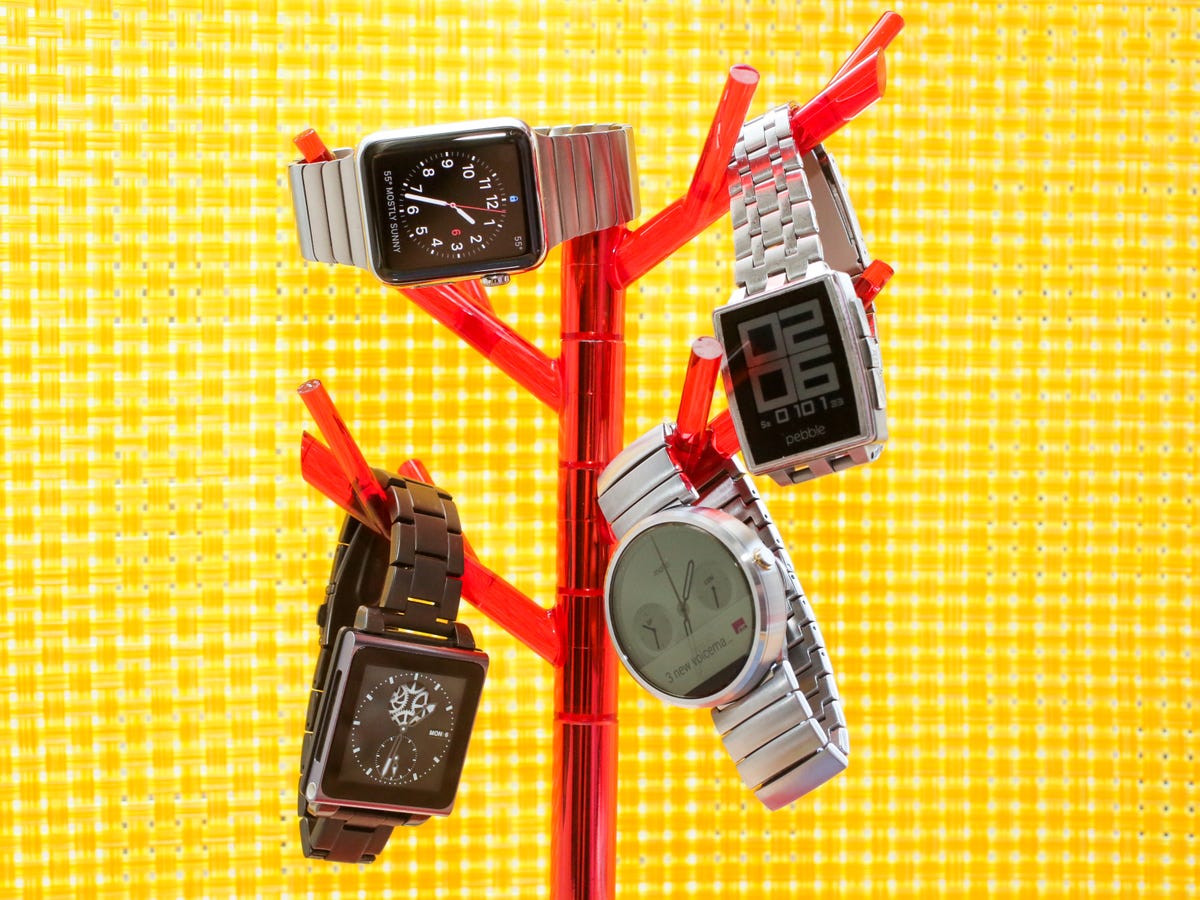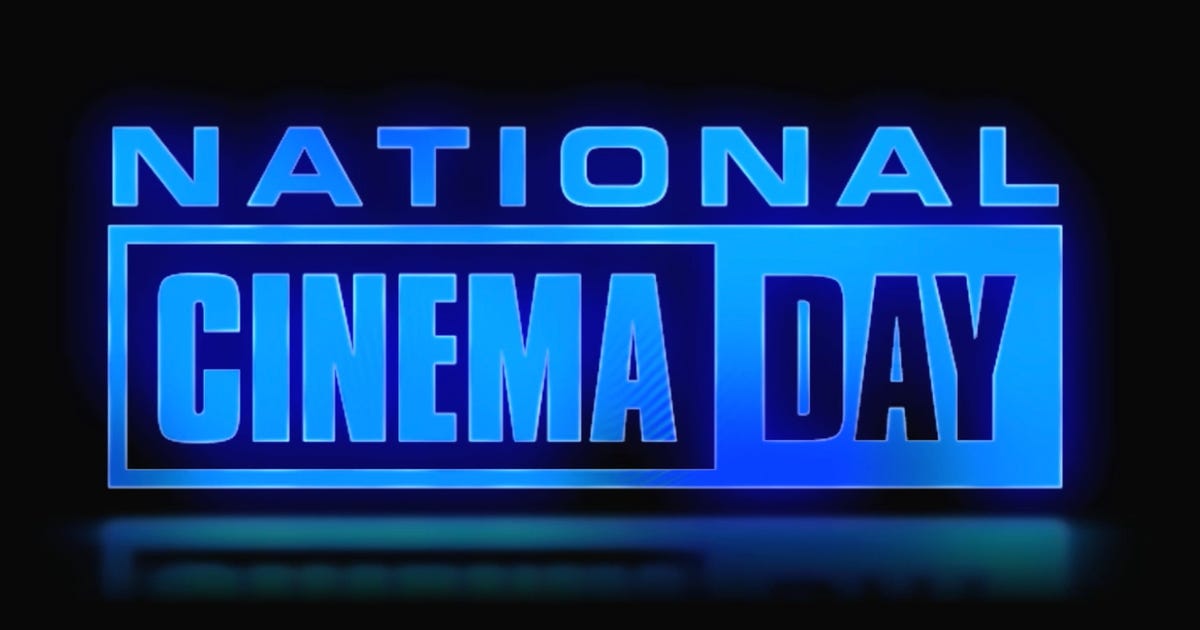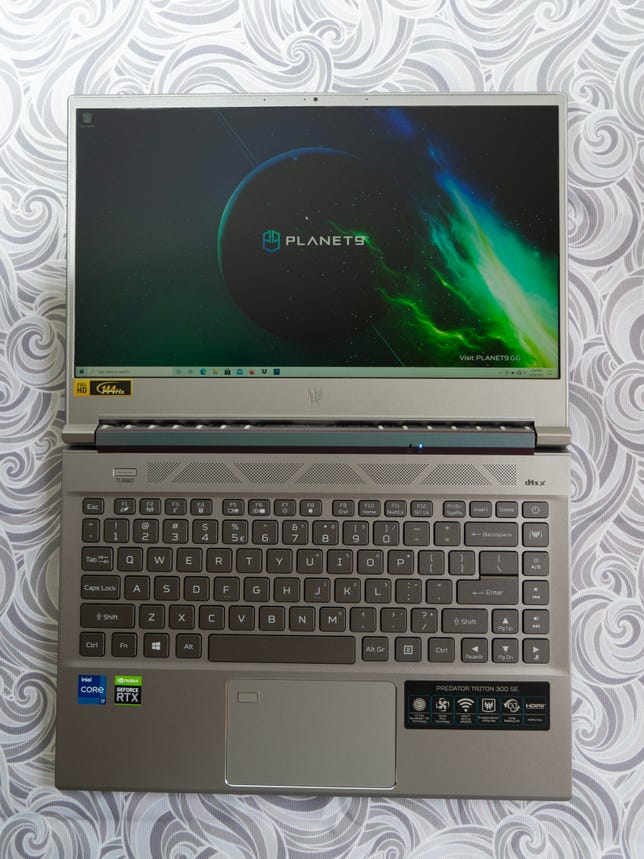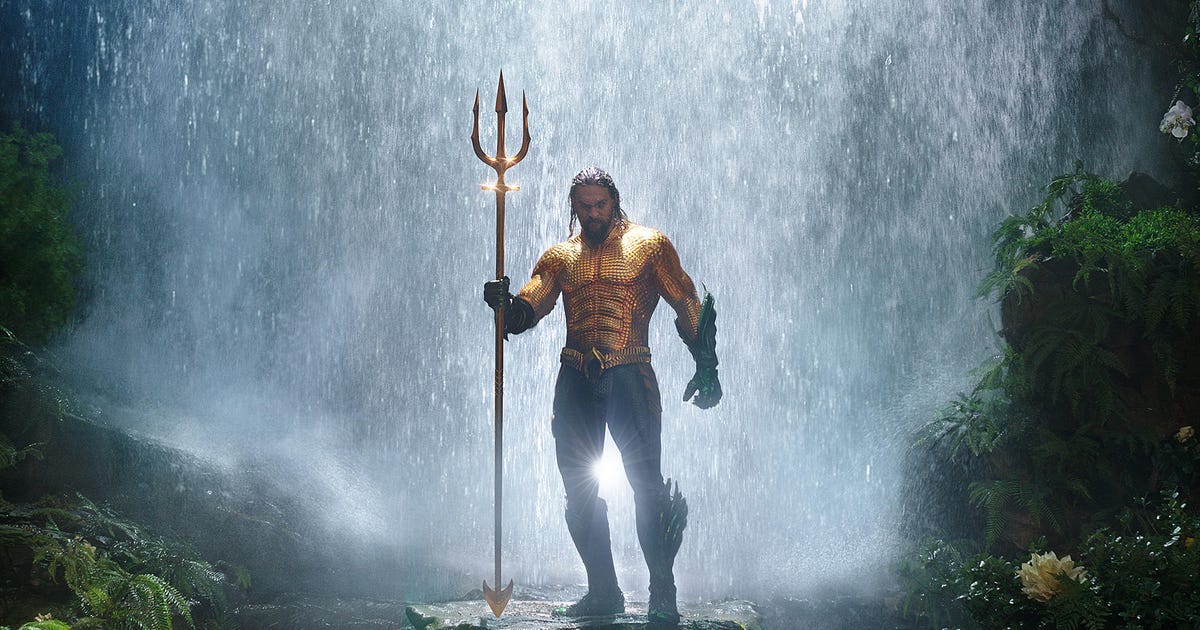
WWE Extreme Rules 2020: Results, awful main event, ratings and full recap
WWE called this years Extreme Rules "The Horror Show at Extreme Rules." That was, I think, mostly meant to spotlight the main event, a Wyatt Swamp Fight, but it unfortunately encapsulated much of the show. Despite a strong WWE Championship match, this was a very weak pay-per-view.
The main event saw Bray Wyatt and Braun Strowman faceoff in a nonsensical short film at the Wyatt Swamp. Wyatt won, I think, but it was too confusing and boring to really matter. (And it wasn't for Strowman's Universal Championship). The Eye for an Eye match between Rey Mysterio and Seth Rollins had fantastic action, but it was let down by its dumb stipulation. Asuka versus Sasha Banks was excellent -- right up until the finish, which was lacklustre in several ways.
For a full recap of the show, including the new SmackDown Tag Team Champions, scroll below.
The Fiend wins Wyatt Swamp Fight (I think)
This sucked. Like WrestleMania's Boneyard and Firefly Funhouse bouts, this Swamp Fight was a short film that pitted Bray Wyatt, as Bray Wyatt and not The Fiend, against Braun Strowman. Strowman's Universal Championship was not on the line. Unlike the Boneyard and Firefly Funhouse, this was not fun at all.
Remember Bray Wyatt's promos? How they sounded kind of cool sometimes, but mostly were just empty dribble that didn't need to be paid attention to? That was the Wyatt Swamp Fight.
It began with Strowman confronting Wyatt by the entrance to the Wyatt Swamp. Bray is on his rocking chair, but laughs and disappears. Then Strowman runs to find him, beating up miscellaneous swamp dudes as he tried to find Bray. He's then hit in the back with a shovel, and then we see he's been attacked by a clone of himself. Clone Strowman hits him in the head with the shovel.
Real Strowman wakes up, chained to a rocking chair. Wyatt walks in and says... stuff. "To be the monster you were I need to destroy the monster you've become," lines like that but a way too much of them. Bray brings out a lady with a snake. The snake bites Strowman.
Strowman wakes up by a fire, and then beats up more swamp dudes. He sees visions of who I think is Sister Abegail, but in any case is the lady with the snake. I stopped paying attention because it didn't make any sense and was actively painful to watch, and when I snapped back to it, Bray and Strowman were fighting.
Strowman chokeslams Bray onto a boat. The boat animates itself and rides into the lake, but then rides itself back. Bray and Strowman fight some more. Strowman throws Bray into the swamp. He looks relieved. Bray jumps out of the swamp and pulls in Strowman. The show ends with The Fiend laughing into the camera.
The Boneyard match was fun. Firefly Funhouse was fun. Money in the Bank was fun. Every short film thing they've done since hasn't really worked. This didn't just not work, it was bad. Really bad.
Drew McIntyre retains WWE Championship
If Asuka versus Sasha Banks was let down due to its finish, Drew McIntyre versus Dolph Ziggler ended up being the night's overachiever. Drew McIntyre ended up pinning Ziggler following a Claymore Kick to end a very strong bout.
It opened with Ziggler revealing a surprise stipulation for the match: It's extreme rules, but for Ziggler only. If McIntyre uses a weapon, gets counted out or disqualified, Ziggler is the new champ. The stipulation kind of screams "McIntyre will win this match," but it ended up being fun.
But really, this match's biggest strength is that it wasn't inhibited by an obstructive stipulation or a silly finish. Ziggler's character has been weakened by regular losses, but Ziggler the performer was on top of his game tonight, and did an admirable job at coming off as a threat to McIntyre. That said, even after Ziggler hit a Famouser, Zig Zag and then a Urange onto a chair, it was hard to believe McIntyre was losing the match.
Lots of cool spots throughout, including when McIntyre called for the Claymore but ended up getting slammed with a chair to the leg by Ziggler. At the end of the match, Ziggler called for a Superkick but got countered with a Claymore for the pin. Life is all about circularity, y'all.
Rating: 3.75 stars. Super fun match.
Asuka vs. Sasha Banks
Fantastic match with a dumb finish. After Asuka accidentally sprayed the referee with green mist, Bayley hit Asuka in the back with one of the Tag Title belts and then -- and this is where it gets too silly -- puts a referee shirt on herself and counts the pin. She demands the timekeeper ring the bell, and Bayley and Banks walk out with all the gold.
So we don't know if Sasha Banks is the champion or not (the announcers all disagreed about this afterward), making this effectively a non finish. And a bad non finish at that.
The match itself was fantastic, with crisp and fluid action. Lots of back and forth, including an excellent series of counters towards the end which ended with Banks tapping out in the Asuka Lock while the ref was distracted by Bayley.
Rating: 3.25 stars. Such a fun match right until the end.
Seth Rollins 'takes out' Rey Mysterio's eye
Rey Mysterio and Seth Rollins are both outstanding wrestlers. Their Eye for an Eye match had fantastic action. But it was hamstrung by the stipulation, which was literally that to win the match you had to take out your opponent's eye. Since we know that wasn't going to happen, the match lacked the structure and tension it should have had. It ended with Seth Rollins cramming Rey Mysterio's face into the corner of the ring steps, like he did on Raw to begin this storyline. He then barfed afterwards.
The bout had plenty of memorable spots, like Mysterio finding innovative ways to slam Rollins into the barricade (see above) and, later, Curb Stomping him (also see above). Then there were the silly bits, where one or the other would try and use a chair or a Kendo stick to take out an eye. Rollins at one point got a steel spike and tried to stab Mysterio.
Not only was it dumb, it was also fairly distressing to watch a man try to murder another man under the auspices of a pro wrestling match. The ended was lambasted on Twitter -- Mysterio had a lollipop-looking eye under his mask to make it look like it was extricated -- but, honestly, watching Rollins try to stab Mysterio with a spike or a pen, and ultimately watching him force Mysterio's eye into the steel steps, was not fun. It was unpleasant, and not the good "I can't wait to see him get his comeuppance" way. Just not enjoyable.
Rating: 2 stars. Great action, but completely let down by the stipulation. These two would have easily had a 4+ star match without it.
Apollo Crews can't compete against MVP
Apollo Crews was scheduled to defend his United States Championship against MVP but, due to an attack by Bobby Lashley on Raw, isn't cleared to compete. So MVP claims to be the new United States Champion, raising the belt he had made and which he's been parading around on Raw.
Bayley retains SmackDown Women's Championship
After a lengthy match (or at least, it felt like a lengthy match), Bayley defeated Nikki Cross to retain her SmackDown Women's Championship. Sasha Banks distracted the ref, allowing Bayley to hit Cross with brass knucks, her faceplant finisher and get the pin.
This match wasn't super fun to watch. Nikki Cross is a popular performer, but her matches and character really need fan feedback to truly work. Bayley is at day 280 of being SmackDown Women's Champion, and similarly that storyline needs fans in the crowd anticipating her defeat to truly work. Of course, there are NXT students in the crowd making noise, but it's not quite the same thing.
Bayley and Nikki worked hard, and it certainly wasn't bad. But it's not one I'd go out of my way to watch.
Rating: 2 stars. Would have likely been much better with a crowd.
Shinsuke Nakamura and Cesaro win Tag Team Titles
The main show begins with a SmackDown Tag Teat Title Tables match between The New Day and Shinsuke Nakamura. It ended in spectacular fashion, with Cesaro powerbombing Kofi Kingston off the turnbuckle to the outside through two tables stacked atop each other. It was sweet.
Cesaro and Shinsuke Nakamura undoubtedly have the feel of two singles guys thrown together as a team because creative had nothing else for them, but they absolutely work together. Having them win the gold is a smart move: The New Day are a credible team no matter what, so the loss doesn't hurt them, while being champions solidifies Cesaro and Nakamura as a threatening tag team.
After the match, Cesaro goes to ringside and tells Michael Cole he and Nakamura are sick of being overlooked. "Overlooked no more," assures Michael Cole. We'll see about that.
The match was fine, punctuated by some exhilarating spots like Big E's terrifying spear to Cesaro through the middle ropes and a huge trust fall by Kingston. Ultimately though, despite the aforementioned awesome finish, I couldn't help but feel like these four talented stars could have put a better match on without the tables stipulation.
Rating: 3 stars.
Kickoff-Show Results
Kevin Owens pins Murphy with a stunner in a short match.
Source
Tags:
- Wwe Extreme Rules 2020 Results Awful Main Event Ratings And Slope
- Wwe Extreme Rules 2020 Results Awful Maintenance
- Wwe Extreme Rules 2020 Results Awful Main Line
- Wwe Extreme Rules 2020 Results Awful Mainstream
- Wwe Extreme Rules 2020 Results Awful Plastic Surgery
- Wwe Extreme Rules 2020 Results Awful Waffle
- Wwe Extreme Rules Bray Wyatt






